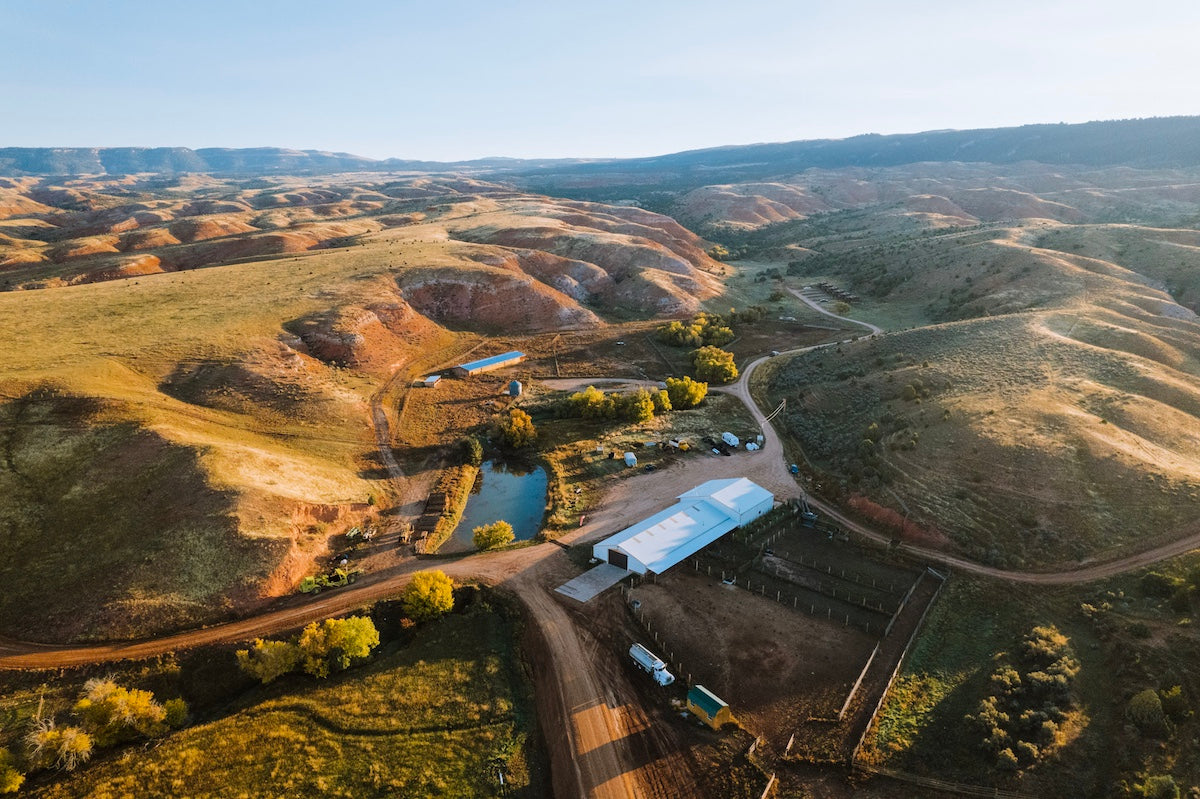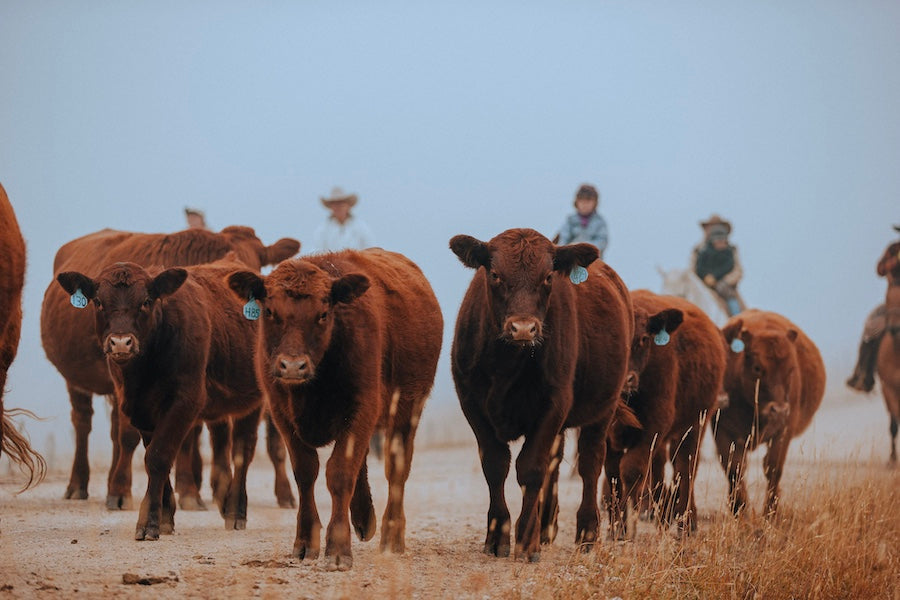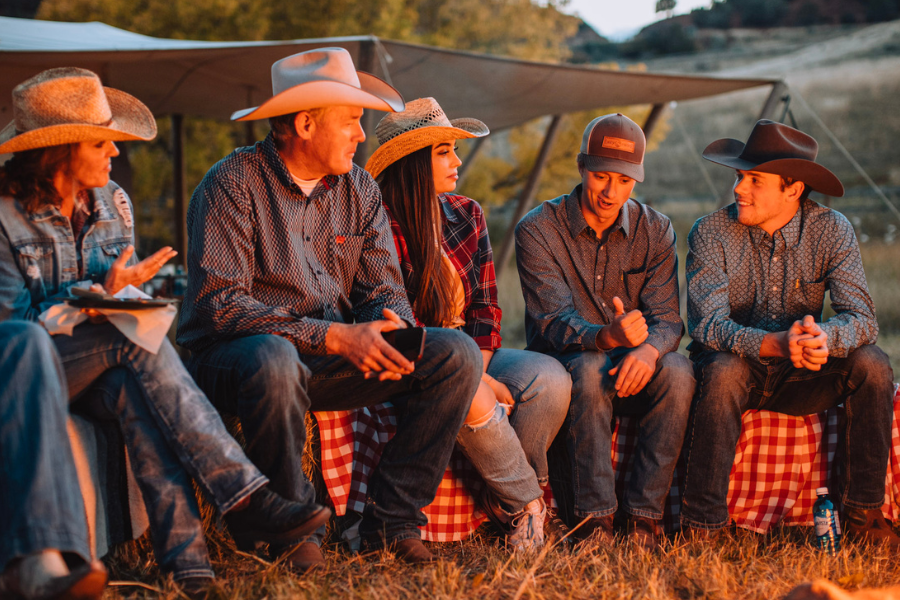
Navigating the Seasons: Ranch Life Throughout the Year
How Seasonal Activities Define Ranch Life at Lazy T Ranch
Life at Lazy T Ranch changes with the seasons. We calve and brand in the spring, and in the summer, we trail cattle up the mountain. Everything we do is in tune with the seasonal cycle.
Even now, for example, we prepare for snow by opening gates so that our cattle, motivated by the cold, will leave their higher-elevation grassland and head to the ranch’s lower pastures. We appreciate the yearly rhythm. Keeping pace with the natural world helps us feel connected to the environment and, arguably, ourselves.
We enjoy the hard-working frenzy of spring and summer and the shorter, quieter days of fall and winter. We like how each season requires different workloads.
In this article, we’ll share how we navigate the seasons and highlight the unique challenges and opportunities each season brings to ranching, especially here in North Central Wyoming.
Ranching Activities in Winter: Caring for Cattle and Preparing for Spring
As we write these words, the weather forecast promises snow, our horse trainer prepares to head south for the winter, and something in the air—literal and metaphorical—hints we’re on the cusp of change. It’s in the yellowing Cottonwood leaves, the packed bags inside our seasonal workers’ pickups. It follows us like a feeling after we ship cattle, unsaddle our horses, and put them out to pasture.
Key Winter Activities: Ultrasounds, Tagging, and Genetic Testing
In January and February, we cared for the cattle wintering on the ranch and regularly visited our calves and yearlings at the feedlot to ensure their wellbeing. We also did ultrasounds on our finishing cattle to predict prime-grade yield, tagged our backgrounded cattle with EID tags, and took genetic samples for testing.
Spring Calving and Branding: Preparing for Summer Grazing
Calving began in March. We spent the month checking cows and tagging and banding calves. Amidst the frenzy, we gave our cows and heifers EID tags and took genetic samples.
April brought seasonal workers to the ranch. We prepared for the warmer months by fencing, setting up irrigation pipes, and finishing our calving duties in time for branding.
Summer Grazing Strategies: Rotative Grazing and Mountain Pastures
May kickstarted our summer push with irrigation, farming, two brandings, and plenty of cow work. We began rotative grazing and moved our cattle toward the mountain. Come June, we inserted CIDRs into our replacement heifers, artificially inseminated, and continued rotative grazing and farming our grass hay and alfalfa fields.
Moving Cattle to High-Elevation Pastures in July
We trailed our cattle up the mountain in July and spent the rest of the summer caring for them in their high-elevation pastures. The cooler weather and rich feed allowed our cattle to thrive; they gained the right amount of weight.
Preparing for Fall: Weighing, Shipping, and Weaning
Once September rolled around, we brought our cattle down the mountain, weighed steers, and shipped our heavies. Then, come October, we moved our cattle to their lowest pastures and prepared for weaning and the final round of shipping.
The Ranching Cycle in Fall and Winter: Maintenance and Planning
Now that winter is close, our workload is shifting into maintenance mode. We’ll spend the rest of the year caring for the cattle at the ranch, winterizing our facilities, and planning for next year.
Winter is a great time to catch up on projects and paperwork. Since the weather often dips into subzero temperatures, we have a great excuse to head indoors after feeding cattle. Even the best long johns don’t always protect from Wyoming winters.
Spring Branding: A Community Tradition at Lazy T Ranch
How does spring branding set the tone for the rest of the year at Lazy T Ranch? Spring branding is a significant event within ranching culture. It’s an opportunity for the community to come together, help their neighbors, and participate in a lifestyle we all believe in.
Like most cow outfits, we view spring branding as a special occasion and invite our friends and family to rope, wrestle calves, and enjoy a celebratory meal with us. Spring branding not only marks the end of a hectic calving season; it signifies the beginning of our summer. We like to start it well.
Grazing Strategies During Summer Months
What strategies does Lazy T Ranch employ to ensure successful grazing during the summer months? We believe in stewarding our grasslands, so we’re careful not to overgraze. We move our cattle from pasture to pasture to properly utilize our resources while protecting the land.
Impact of Seasonal Changes on Pastures and Livestock Health
What impact do seasonal changes have on the pastures, livestock health, and overall ranch productivity? The weather affects everything, so we must consider how each season will impact our livestock and resources.
In the winter, we understand our pastures won’t produce enough feed. We give our cattle plenty of hay (grown at the ranch) to help them put on weight and stay warm; sometimes we put out extra for bedding in the snow. In the summer, we move our cattle up the mountain, to cooler temperatures and lush feed. This helps our livestock stay healthy.
Navigating the Seasons: Understanding and Adapting to the Ranch’s Natural Rhythm
We’ve learned to work with the seasons, not against them. We irrigate pastures and grow feed during the warm months to prepare for the cold months. We know when to push hard and when to rest. That’s the key to navigating the seasons—understanding the natural rhythm of things and adapting to it.
So, until the season demands otherwise, we’ll ready our muck boots for snow and anticipate weaning calves. We’ll savor the final months of this year before the calendar starts fresh, and we do the ranching cycle all over again.
Taste the difference of ranch-to-table beef. Explore our offerings and see why quality beef is worth the hard work.


